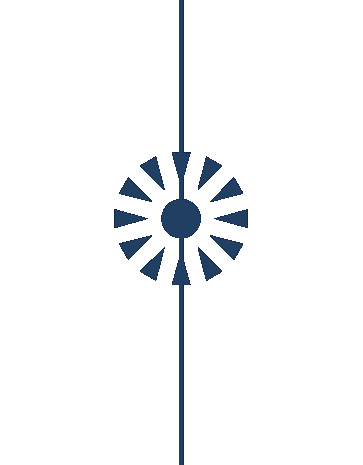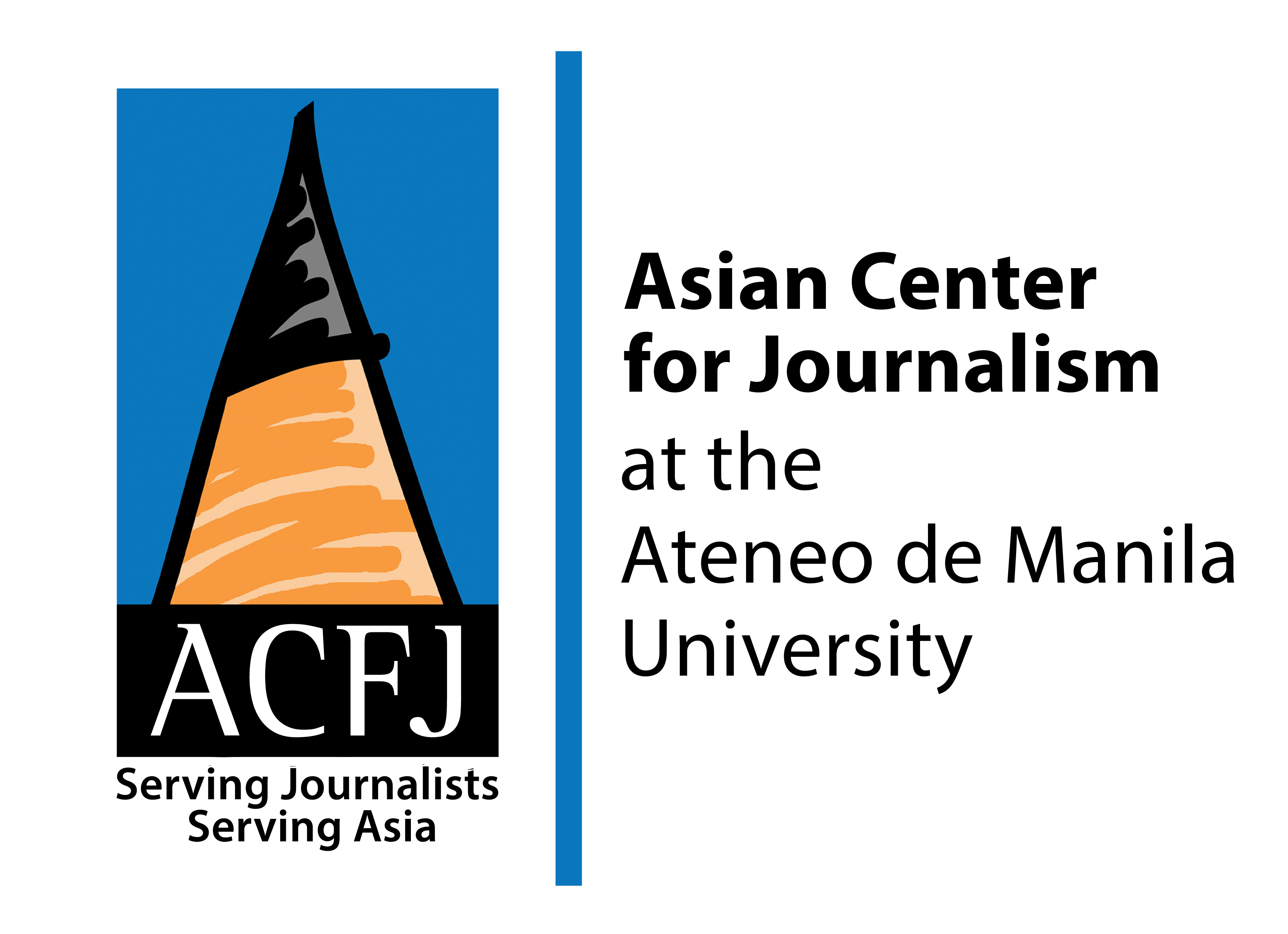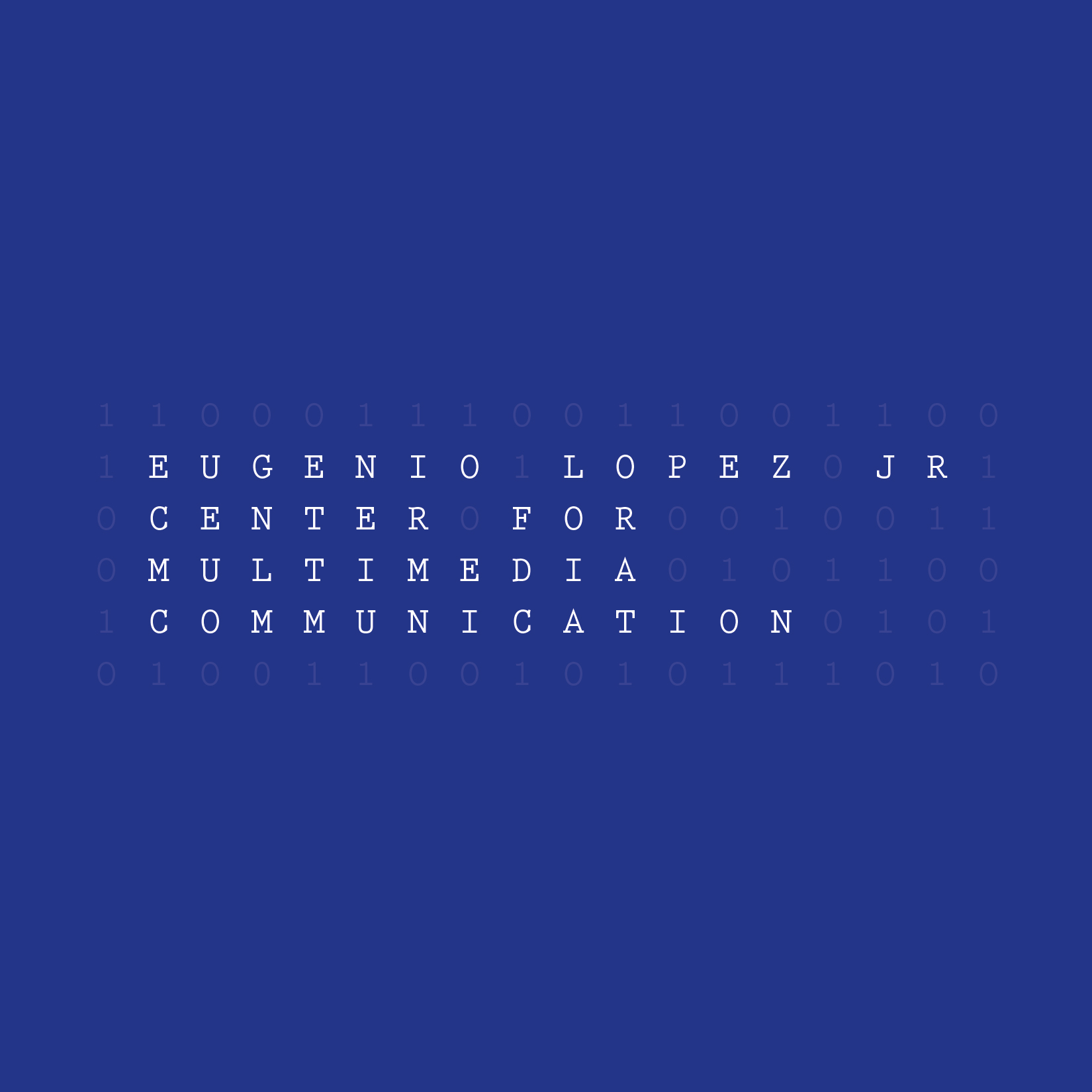The Other Marawi Narrative

When the Marawi siege first broke out, Filipinos learned about it from social media, where photos of ISIS flags flying from vehicles, and rebels seemingly on the verge of declaring a caliphate, were shared by a population that did not yet know much about the how and the why of the conflict.
It did not take long for the tide to turn in favor of the Armed Forces of the Philippines which resorted to airstrikes and shelling to quash the enemy. Within a week, the city had been abandoned by its people who had by then scattered all over Lanao del Sur and beyond, some even reaching as far Manila in their attempt to put as much distance between themselves and the violence.
In the months and years since May 23, 2017, the narratives were told mainly by the military, which controlled the information about everything that was happening inside the main battleground, now called the Most Affected Area or MAA. Journalists covering the siege based their accounts of the death toll, the destruction, and the number of injured and missing, mostly on AFP press releases and statements, as the Center for Media Freedom and Responsibility found out a year after the siege began.
Later, when it came time to rebuild, the Task Force Bangon Marawi, which is also led by former military men, picked up from where the AFP left off, and is now the main source of information about the Marawi rehabilitation.
No doubt the country’s men in uniform paid dearly and valiantly that the population of Marawi would be free of destructive extremist influence, but there’s also a side to the story that has yet to fully emerge. And that is the narrative this website focuses on: the story of the people of Marawi, most of them Meranaw, who in haste and fear left their lives behind when they fled in May 2017.
This website, made possible by the Ateneo de Manila University’s Agenda for Hope project, aims to give voice to the hundreds of thousands who suddenly became refugees, who went from riches to rags, who lost and will never again see the homes they thought they would be leaving for only three days, because they assumed it was like other times, other conflicts, when the warring sides would go their separate ways after three days of exchanging gunfire.
Why pay attention to Marawi? Marawi is the country’s only Islamic city, the place where the country’s Muslim culture thrives, where tight-knit communities preserve a heritage that has resisted Spanish colonizers for centuries and American occupation for years. Marawi reminds us that this is the home of the people who were the last to surrender to colonial rule, and who now remain on the fringes of mainstream society because they are different from the rest of the country.
Fusing sociology, anthropology and journalism, the stories in this website focus on the people of Marawi or those who work with them. The images provide us a different perspective of internally displaced people or IDPs.
The stories here are not the neat black-and-white good-vs-evil tales that news people often reduce their soundbites and B-rolls into. Marawi is a complex place and we hope to grow this website with more stories in the coming days.
Our Audience
This website aims to talk to Filipinos who know little about Marawi except for what they hear on the late night news. It is for students who ought to go beyond a wikipedia entry when discovering what Marawi is like and what is going on there. It is for policymakers who need to see another dimension to the problem. And we hope that everyone finds value in listening to unfamiliar voices from a seemingly strange land and realizing we are more similar than we thought.
This website is for the Meranaw and Muslims too, that they know their stories are worth documenting and learning from.
The Meranaw/Maranao/M’ranao
The Meranaw is the ethnolinguistic group that inhabits the Lanao provinces and their surroundings, one of 13 groups that call themselves Muslim.
Usually referred to as “Maranao,” this term is used in printed matter like academic journals and news accounts, and is usually pronounced with emphasis on the first syllable: MA/ra/nao. But since the Marawi siege, they have asserted their identity and made it known they should be known as Meranaw or Meranao which is the traditional term.
Dr. Linang Macabalang-Cabugatan, Ph.D., director of the University Museum of the Mindanao State University in Marawi, would have us know that the elders and some pursits say the term should be spelled M’ranao or M’ranaw, in keeping with how it is pronounced: MRA/naw. The first vowel becomes silent and the emphasis is on the second syllable.
In keeping with the way they would like to called, Marawi Narratives: Voices from the Rubble will refer to them as Meranaw.










